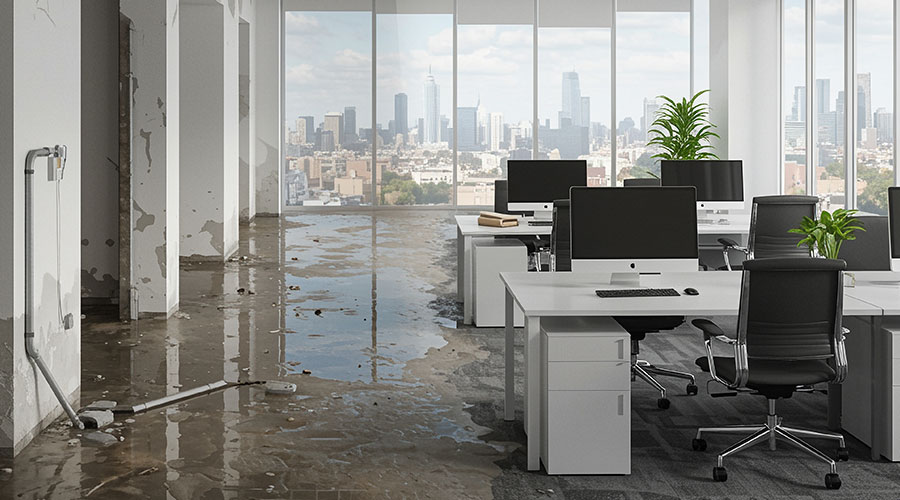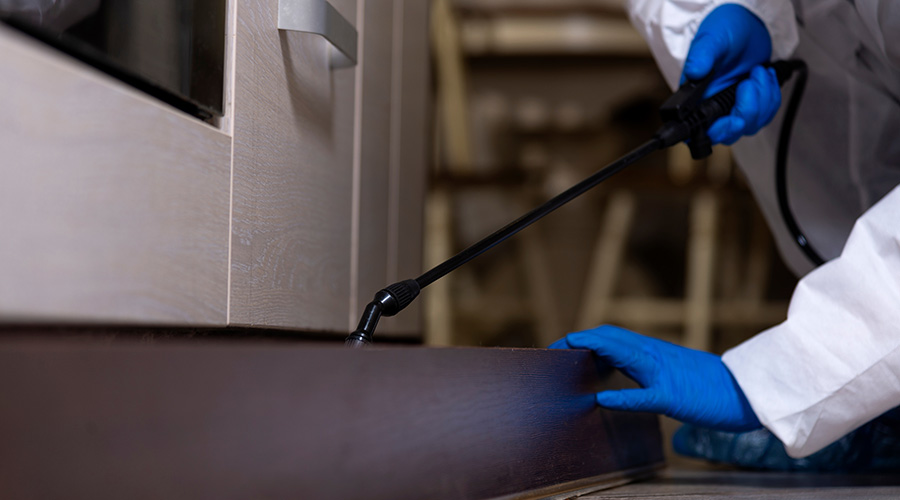Sustainability, the Bottom Line and You
Many maintenance and engineering managers are under extreme pressure to lower costs and work with reduced budgets. They can look at the challenge in one of two ways: an excuse for idleness or a call to action.
Managers who choose to see it as a call to action are in an ideal position to help facility executives understand that sustainable improvements generate long-term operational savings. But in trying to secure funds for green retrofit projects, many managers do not speak the right language. Now is the time for managers to think differently about the metrics — and words — they use.
Investment Strategies
Rather than giving in to financial naysayers on funding for green projects, managers must show them the benefits of treating operational costs as a revenue stream, not an expense.
The time value of money is one of the most important facets of financial security. Managers need to do up-front calculations to demonstrate to owners and chief financial officers that spending money wisely now on an energy-efficiency project or a measure to improve indoor environmental quality will increase its value exponentially over time.
Strategically planning a sustainable project will ensure the project pays for itself through improved conditions, increased employee retention and satisfaction, and fewer complaints — as well as more cash freed up by lower operational costs. All of these benefits have a direct impact on the bottom line. It is time managers develop a sense of urgency in planning and implementing investment measures that can generate savings later.
Defining Values
In many cases, managers believe they are making a solid case for net savings, only to have their words fall on deaf ears. The challenge is to be very clear about issues that really matter to your organization. Issues that drive the mission of a health care organization are very different than those driving an education organization. Pinpoint the essential values to gain traction for your argument.
Consider this example: In a 2007 survey of 95 senior health care and hospital administrators by McGraw-Hill and Turner Construction, 47 percent of respondents said patients recover faster in sustainable buildings. The issue of shorter patient recovery times is a hot button for health care administrators.
In putting together a project wish list for a health care facility, emphasize sustainability benefits, such as better ventilation, more views of nature, and daylighting — all of which have a direct impact on patient wellbeing. Use these issues to make a stronger case for investing in sustainable improvements.
What about student health and performance in education facilities? The U.S. Environmental Protection Agency estimates a typical K-12 student spends 1,300 hours annually in school. The Government Accountability Office estimates 15,000 schools have problems with indoor air quality and ventilation. In addition, asthma-related absences account for 14 million lost school days each year, according to the Centers for Disease Control and Prevention.
In a study of 21,000 California students, the Heschong Mahone Group found that students in classrooms with the most natural light scored 26 percent higher on reading tests and 20 percent higher on mathematics tests than students in classrooms with the least daylight.
If you are in an education environment but not discussing these metrics, you are losing ground. Understand and speak to the priorities and issues that matter most to facility executives, and you will be closer to getting improvements underway.
Related Topics:












